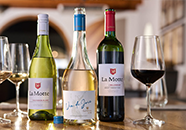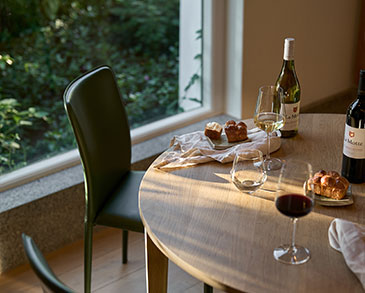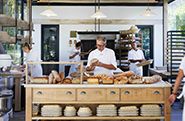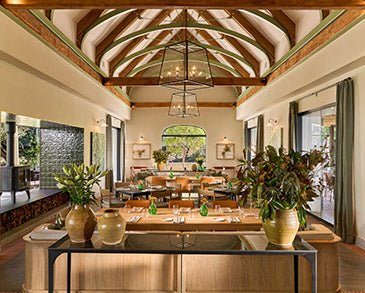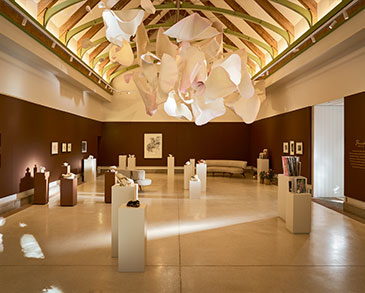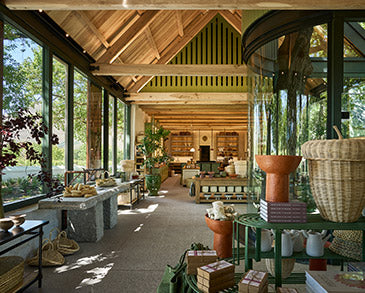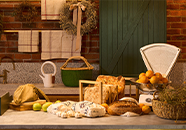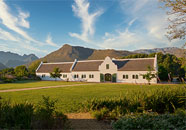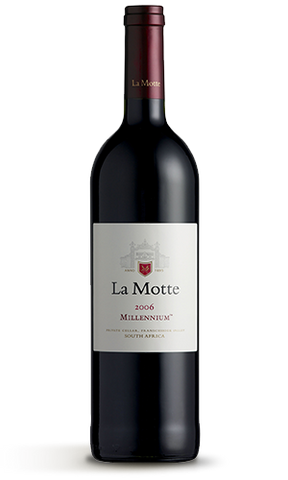
This wine originates from vineyards in the Walker Bay (80%) and Stellenbosch (20%) regions. Only the Cabernet Sauvignon came from the Stellenbosch region. Grapes from each of these regions make a unique contribution to the flavour components.
The period that preceded the 2006 vintage was reasonably normal according to long- term standards. The winter was wet and cold enough to ensure dormancy, but an untimely hot period in August probably caused uneven budding in some varietals. The varietals in this wine were not severely affected. Windy conditions prevailed during December and water consumption was high. The stress resulted in smaller berries – a positive aspect. Harvesting started at the normal time – the first Cabernet Sauvignon was harvested in the Walker Bay area on 13 February and the last grapes (Cabernet Sauvignon) on 4 April in the Stellenbosch area. Grapes were extremely healthy, but the yield was low.
Each vineyard has its own macro climate and vineyards grow in a large variety of soil types. Different clones are represented. All the vineyards are trellised according to the Perold system and managed to maintain a perfect balance between leaf coverage and yield. Thanks to the different terroirs, each region produces its own distinctive grapes, so the grapes from each area make a unique contribution towards flavour and structure. Grapes from the Walker Bay region are produced organically.
Grapes for this wine consist of 43% Cabernet Franc, 21% Petit Verdot, 20% Cabernet Sauvignon, 11% Merlot and 5% Malbec. Before de-stalking, all the grapes were hand-sorted. The de-stalked grapes were cool-soaked for two to three days, followed by inoculation with selected yeasts. Fermentation was at between 25 and 30 degrees Celsius. After fermentation, the grapes were left on the lees for a further 20 days to enhance extraction and body. Malolactic fermentation was partly in the barrels.
This wine is the first ever Millennium to be Cabernet Franc based. The Cabernet Franc showed attractive intense dark chocolate flavours and beautiful colour after vinification. These characteristics also dominate in the finished wine. Complementing the chocolate, the nose shows ripe prune and dark cherry fruit, backed by clove and cinnamon spices in the background. The five varieties blended harmoniously to reveal a smooth palate with juicy tannins.
Alcohol 13,85% vol
Residual sugar 2,7 g/l
Total acid 5,3 g/l
pH 3,81

